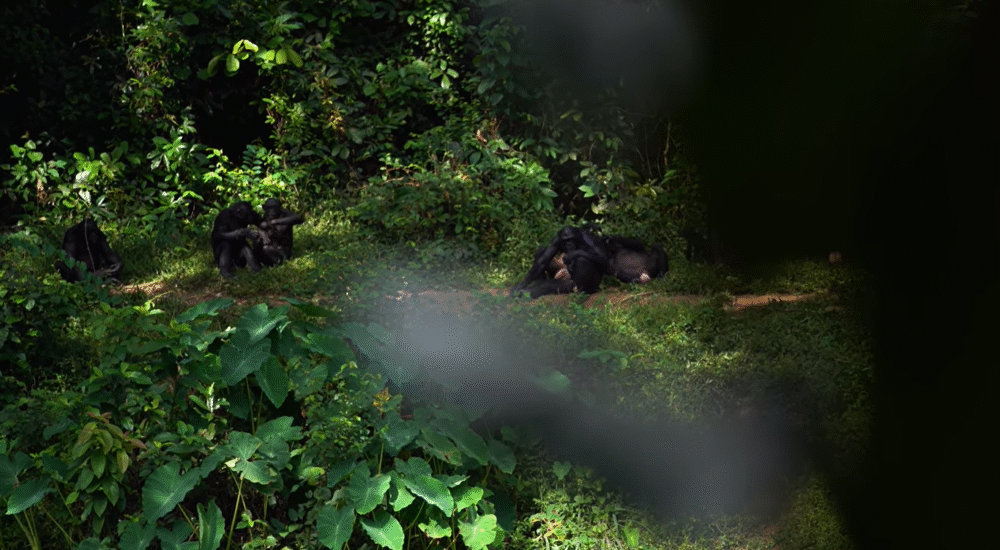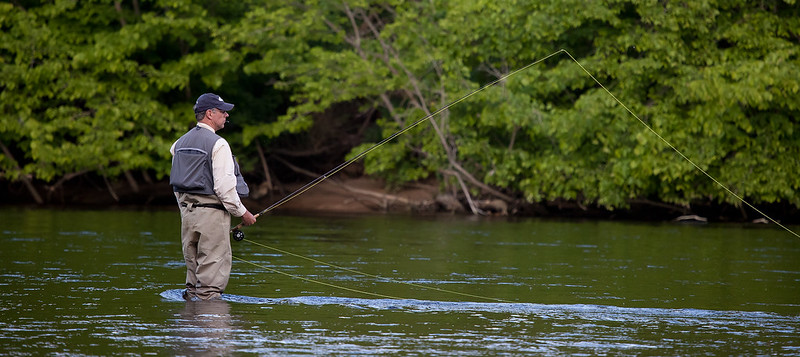Bwindi Impenetrable Forest National Park is a top destination for wildlife enthusiasts, offering a chance…
Kasubi Tombs
The Kasubi TombsThe Kasubi tombs are a famous historical place for Uganda’s royal kings in the Buganda kingdom. The land where the tombs are now was first used for farming using traditional methods. There was a palace in Buganda that was built by Kabaka Edward Mutesa I in early 1820. In 1882, he chose to build the royal site to replace it. In 1882, the “Sekabaka” marked the site’s edges on the Kasubi hills.
While the royal house was still being built, Kabaka Mutesa II put guards there to keep it safe. The tombs are in the hills around Kasubi Hill, which is one of nine hills in Kampala City that run along Hoima Road. In 1884, Mutesa I changed the new royal spot so that it would be where the Buganda Kings were buried. Kabaka Mutesa I, who died in late 1969, is buried there. So is Kabaka Mutesa II, who died in exile in Seychelles in 1903; so is Kabaka Daudi Chwa, who died in 1939; and so is Sir Edward Mutesa II, who died in London in 1971. In the late 1300s, these four Buganda kings were the first ones to be placed in these Kasubi tombs.
In 1938, Kabaka Mutesa II fixed up the royal site using modern building methods and materials like steel frames, concrete columns, and bricks. To protect the graves of Buganda’s four kings, these were hidden behind traditional gates. Milton Obote, who was Uganda’s first prime minister and later its first Republican president, tore down the building in 1966.
Ugandan law chose to protect the site in 1972. It was later registered in the name of the Kabaka on behalf of the kingdom, and H.E. Yoweri Museveni, the current President of Uganda, brought it back in 1993.
The royal tombs, which were built at the entrance and were called Muzibu Azaala Mpanga in the area, were 31 meters (102 feet) long and 7.5 meters (25 feet) wide. This old building was made with 52 rings of palm leaves to reflect the 52 Baganda clans, soil, clay, grasses, sand, and thick thatched roof. Bark cloth trees mark this royal border to keep people from getting into the house.
How the Kasubi tombs were built
The Kasubi Tombs have a lot of traditional houses inside the palace, such as the Bajjabukula gatehouse, which leads to two courtyards. There is a small courtyard house for drums, called a “ndogo obukaba,” where the royal drums are kept safe, and a second courtyard on top of a hill that is surrounded by a reed fence made of wooden poles, clay nails, and soil. This courtyard is beautiful and is now part of the famous Uganda Safaris.
The Kasubi tombs are a safe place for people who believe in traditional things, are interested in culture, and want to learn more about things like witchcraft, traditional medicine, and dressing. Inside the tombs, the curtains are made from sacred woods and bark cloth. This very cheap tour of the Kasubi Royal Tombs can be added to the City Tour of people who are looking for Uganda Cultural Safaris.
You have to take off your shoes to get into the tombs and take part in cultural activities inside. You can see spears, arrows, bark cloth, and wooden poles, and walking barefoot on these royal grounds is a great way to be blessed. Buganda’s king, Kabaka Ronald Muwenda Mutebi II, and other royal members now have these royal tombs. They help to keep Buganda’s traditional past alive by making the palace look nice.
The recent tragic event in which the place was totally destroyed by fire shows that these cultural practices are still very much alive and well. The people from the “Ngeye” clan offered for this big job; no one from any other clan is allowed to do the thatching. During the process, other traditions are followed. For example, widows of Kabakas and pregnant women are not allowed on the site while work is going on because it is thought that they will cause leaks.
As with the Thachers, the Ngo clan (leopards) are not allowed to have any kind of sexual contact at work. They paint the poles. The grass is cut into cone-shaped bundles that are put directly on top of the roof structure without being tied. The first layers of grass are at the bottom. If one of these packs goes bad, it is just taken out and put back in. This interesting method makes the very hard job of keeping thatched roofs a lot easier.
Also, Charles Peter Mayiga, who is the prime minister of Buganda, has done a great job fixing up these royal tombs so that they can be a place for Buganda people to learn about their history. In 2001, the Kasubi tombs in Sub-Saharan Africa were named a UNESCO World Heritage Site because they were built using ancient methods that involved using plants. And the part that is protected by UNESCO is 26 hectares and is in the Kasubi hills in Kampala, 5 kilometers east of the city areas.
The sad news is that these Kasubi royal tombs were totally destroyed by fire in March 2010, along with many traditional items. The fire’s cause is still unknown, and studies are still going on. Because of the fire, Kabaka Ronald Muwenda Mutebi and President H.E. Yoweri Kaguta Museveni went to the site and decided on changes that would be made to make it safe again.
They started to rebuild in 2014 with money from the Japanese government. The royal tombs have been fixed up to look like they did when they were first built. This has made them an important tourist destination in Uganda. If you like taking tours of cities, this place can be added to your list of safari spots in town as part of a cheap safari to Uganda.


